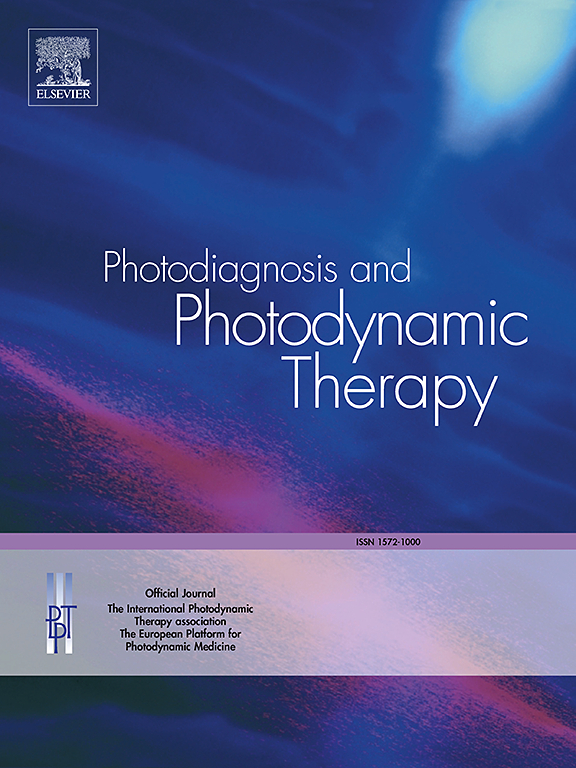Artificial intelligence and different image modalities in uveal melanoma diagnosis and prognosis: A narrative review
IF 3.1
3区 医学
Q2 ONCOLOGY
引用次数: 0
Abstract
Background
The most widespread primary intraocular tumor in adults is called uveal melanoma (UM), if detected early enough, it can be curable. Various methods are available to treat UM, but the most commonly used and effective approach is plaque radiotherapy using Iodine-125 and Ruthenium-106.
Method
The authors performed searches to distinguish relevant studies from 2017 to 2024 by three databases (PubMed, Scopus, and Google Scholar).
Results
Imaging technologies such as ultrasound (US), fundus photography (FP), optical coherent tomography (OCT), fluorescein angiography (FA), and magnetic resonance images (MRI) play a vital role in the diagnosis and prognosis of UM. The present review assessed the power of different image modalities when integrated with artificial intelligence (AI) to diagnose and prognosis of patients affected by UM.
Conclusion
Finally, after reviewing the studies conducted, it was concluded that AI is a developing tool in image analysis and enhances workflows in diagnosis from data and image processing to clinical decisions, improving tailored treatment scenarios, response prediction, and prognostication.

人工智能和不同的图像模式在葡萄膜黑色素瘤的诊断和预后:叙述回顾。
背景:成人中最广泛的原发性眼内肿瘤被称为葡萄膜黑色素瘤(UM),如果发现得足够早,它是可以治愈的。治疗UM的方法多种多样,但最常用和最有效的方法是使用碘-125和钌-106进行斑块放疗。方法:通过PubMed、Scopus和谷歌Scholar三个数据库进行检索,区分2017 - 2024年的相关研究。结果:超声(US)、眼底摄影(FP)、光学相干断层扫描(OCT)、荧光素血管造影(FA)和磁共振成像(MRI)等成像技术对UM的诊断和预后起着至关重要的作用。本综述评估了与人工智能(AI)相结合的不同图像模式对UM患者的诊断和预后的影响。结论:最后,在回顾所进行的研究后,我们得出结论,人工智能是图像分析的一种发展工具,它可以增强从数据和图像处理到临床决策的诊断工作流程,改善量身定制的治疗方案、反应预测和预后。
本文章由计算机程序翻译,如有差异,请以英文原文为准。
求助全文
约1分钟内获得全文
求助全文
来源期刊

Photodiagnosis and Photodynamic Therapy
ONCOLOGY-
CiteScore
5.80
自引率
24.20%
发文量
509
审稿时长
50 days
期刊介绍:
Photodiagnosis and Photodynamic Therapy is an international journal for the dissemination of scientific knowledge and clinical developments of Photodiagnosis and Photodynamic Therapy in all medical specialties. The journal publishes original articles, review articles, case presentations, "how-to-do-it" articles, Letters to the Editor, short communications and relevant images with short descriptions. All submitted material is subject to a strict peer-review process.
 求助内容:
求助内容: 应助结果提醒方式:
应助结果提醒方式:


